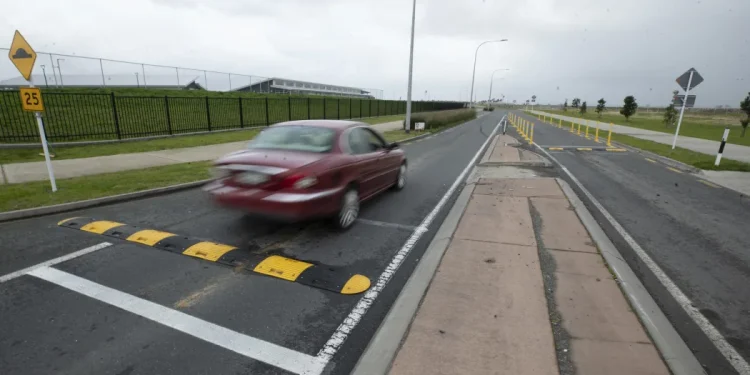Law student takes on AT over speed bumps and wins
Words NZ Autocar | Images RNZ
Law student Sean O’Loughlin recently took Auckland Transport (AT) to task over three raised crossings in Bucklands Beach. And it wasn’t the presence of the speed bumps that O’Loughlin had an issue with. Rather, it was that the installation of the three speed bumps he felt was unlawful.
And the High Court agreed with the complainant. Justice David Johnstone ruled that AT had not undertaken the legal requirement of weighing the impact of the speed bumps on drivers. The only crash where the speed bumps were installed was caused by a speeding public bus. And even then the injury was minor.
AT argued the decision to install the traffic calming measures was lawful, saying the measures were necessary, and the agency had consulted. However, it is now reviewing its decision documentation and processes following the High Court judgment.
O’Loughlin, a law student at the University of Auckland, said: “It is important to hold public decision makers accountable”.
And he believed there were wider ramifications from the ruling. AT had relied on a pre-written template claiming the changes would not “unduly impede vehicular traffic”, without offering reasoning. Justice Johnstone agreed that the template failed to address or analyse the issue.
AT was ordered to go back and reconsider the decision properly. If it found the measures did impede traffic, it would have to remove the raised crossings. If not, they could stay.
Commenting on the case, a retired law professor, Kenneth Palmer, said the ruling was an excellent decision. He noted that it correctly identified the legal basis for approving raised crossings. However, he anticipated AT would uphold its original stance and the crossings would remain in place.
Palmer expressed concern that AT had not seriously considered the legal test of whether the crossings did “not unduly impede vehicular traffic”. Instead, he felt it justified its decision primarily on safety grounds and the need to slow vehicles.
“The justification should now shift from personal safety to the impact on traffic. That’s what the law requires, and it’s been overlooked,” Palmer said.
“Issues like vibration affecting nearby properties, noise, and trucks banging up and down have been treated as secondary.”





